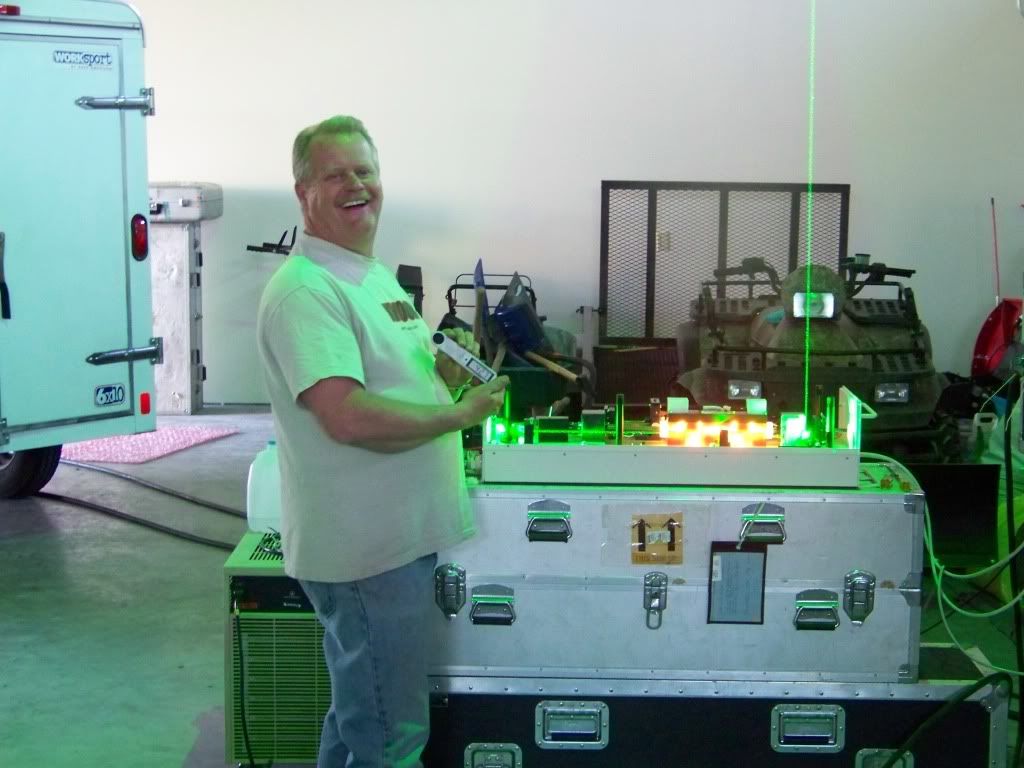
There are a huge number of factors that differentiate small 532nm from large 532nm lasers. One of the primary differences is the active area of the medium changes with the size increases of the materials used. This can cause all kinds of artifacts in the beam due to generally thermal issues (lensing and other issues). The larger the beam due to active area the greater the probability of higher order transverse modes. If the 532nm is generated from YAG and not YVO4 polarization goes out the window (which may or may not have an impact on your use). Furthermore, medical lasers are usually fiber delivered so divergence is not a critical issue whereas your typical 300mW 532nm system is free space. Power scales quite well in YAG or YVO4 but beam characteristics do not (within reason). An extremely well engineered, high powered 532nm laser system can have great beam characteristics but is exceedingly expensive. Taming a high powered 532nm beam usually requires intercavity devices such as brewster plates, apertures, and non linear resonators. Keep in mind that any irregularities generally get amplified as the laser scales.
The Frothy Chimp
Cynic Extraordinaire
Back off man, I'm a scientist
Good whiskey, fine cigars, long legged women and blues guitar.
That's what I like.
The strong shall stand, the weak shall fall by the wayside.



 Reply With Quote
Reply With Quote
 "
"





